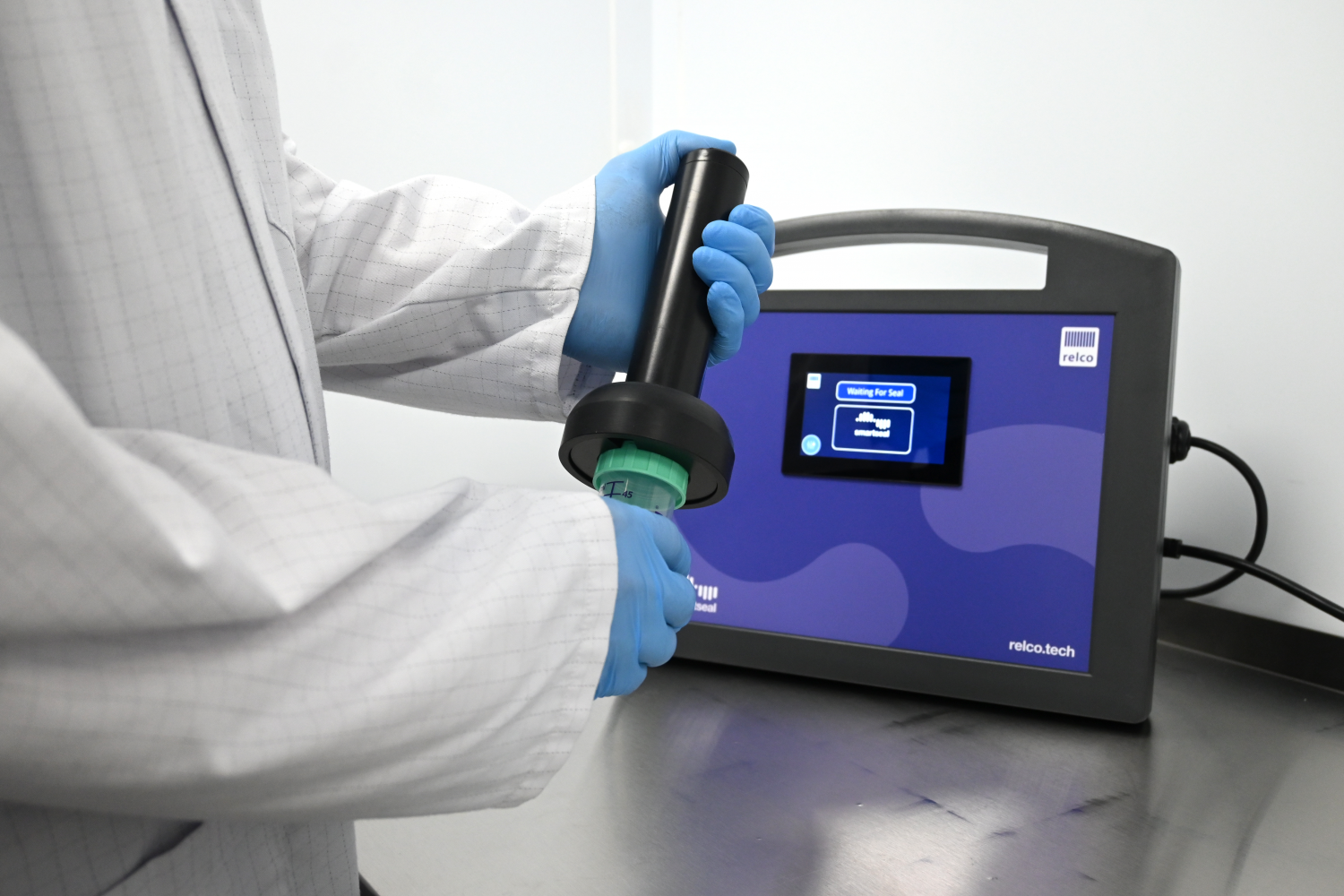We’re thrilled to announce a major upgrade to our SmartSeal 800 handheld induction cap sealer. Known for reliability, precision, and portability, the SmartSeal 800 is trusted by manufacturers across multiple industries. With the addition of Universal Input Voltage, it’s now even more versatile — engineered to perform anywhere in the world.
🌍 Truly Global Operation
The upgraded SmartSeal 800 operates seamlessly on 100 V–240 V mains and supports 50 Hz and 60 Hz frequencies. This global compatibility means you can use the same device in North America, Europe, Asia, and beyond — no transformers, no converters, no hassle.
Simply plug and play, wherever your packaging line runs.
⚙️ Enhanced Power Stability and Performance
The new internally regulated power supply ensures consistent sealing performance even with voltage fluctuations. This delivers reliability where it matters most — maintaining seal integrity and protecting product quality.
With integrated PWM (Pulse Width Modulation) control, the SmartSeal 800 delivers precise, efficient power, minimizing energy use while maximizing sealing accuracy.
✅ Improved Quality Control
The SmartSeal 800 now includes upgraded QC functionality, helping operators monitor and verify each seal for consistent results. Whether sealing containers in small-batch production or high-throughput lines, you’ll achieve repeatable, validated performance every time.
💡 Why Universal Input Voltage Matters
For international manufacturers and contract packagers, electrical compatibility can be a barrier. The SmartSeal 800 solves this challenge with a universal input range that adapts automatically to local power standards.
From cosmetics in Tokyo to nutraceuticals in New York or food supplements in Berlin, your SmartSeal 800 is ready to go right out of the box.
🔧 Designed for Portability and Precision
This new version retains the SmartSeal 800’s signature lightweight, ergonomic design and industrial-grade durability. Perfect for R&D labs, small-scale production, and contract packaging, it combines the flexibility of a handheld unit with the control and performance of a benchtop system.
🌐 One Device. Global Reach.
The SmartSeal 800 upgrade reflects our ongoing commitment to innovation in induction sealing technology. With its new universal input voltage, enhanced QC, and power regulation, it delivers global compatibility, precise sealing, and unmatched reliability — all in one compact device.
Whether you’re sealing products in one country or across multiple facilities, the SmartSeal 800 keeps your packaging operations efficient, consistent, and globally compliant.
📈 Learn More or Request a Quote
Discover the new SmartSeal 800 handheld induction cap sealer and see how it can streamline your global packaging process.
👉 Learn more about the SmartSeal 800
👉 Request a quote
